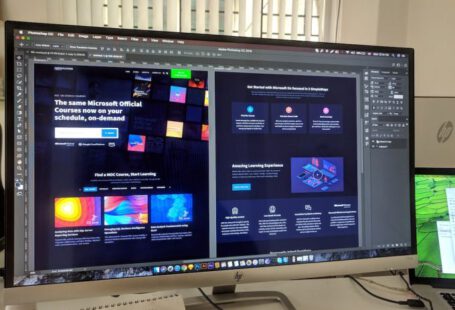In the world of UX design, understanding the needs, preferences, and behaviors of users is paramount. To create a user-centric design that truly resonates with your target audience, it is essential to develop user personas. User personas are fictional representations of your ideal users, based on research and data. By creating user personas, designers can gain valuable insights into the mindset of their target audience, resulting in improved user experiences. In this article, we will explore the importance of user personas and provide a step-by-step guide to creating them.
Why are User Personas Important?
User personas are crucial tools in UX design as they allow designers to understand their target audience on a deeper level. They provide insights into users’ goals, motivations, and challenges, enabling designers to tailor their designs to meet the specific needs of their users. By having a clear understanding of who your users are, you can make informed design decisions that resonate with them, resulting in more engaging and user-friendly experiences.
Step 1: Conduct User Research
The first step in creating user personas is conducting user research. This involves gathering data and insights about your target audience through methods such as surveys, interviews, and analytics. The goal is to collect information about users’ demographics, behaviors, goals, pain points, and preferences. By analyzing this data, you can identify patterns and commonalities among your users, which will form the foundation of your user personas.
Step 2: Identify User Segments
Once you have collected sufficient data, the next step is to identify user segments. User segments are groups of users who share similar characteristics, behaviors, or needs. By segmenting your users, you can create more targeted and personalized user personas. Look for commonalities in demographics, goals, behaviors, and pain points to identify distinct user segments.
Step 3: Create User Personas
With user segments identified, you can now start creating user personas. Each user persona should represent a specific segment of your target audience. Give each persona a name, age, job title, and a brief description of their background. Include relevant information such as their goals, motivations, frustrations, and preferences. The more detailed and specific you can be, the better.
Step 4: Validate with User Testing
Creating user personas is not a one-time task. It is an iterative process that requires constant validation and refinement. Once you have created your user personas, it is essential to validate them through user testing. Conduct usability tests, interviews, or surveys to gather feedback from real users and see if your personas accurately represent their needs and preferences. Use this feedback to refine and update your personas as necessary.
Step 5: Incorporate Personas into Design Process
Now that you have developed user personas, it’s time to incorporate them into your design process. Use your personas as a reference point throughout the design process to ensure that your decisions align with your users’ needs and preferences. From ideation to wireframing and prototyping, constantly refer back to your personas to guide your design choices. This will help you create a user-centric design that resonates with your target audience.
Conclusion: Putting Users at the Center of Design
In conclusion, user personas are invaluable tools for improving UX design. By understanding the needs, motivations, and preferences of your users, you can create more engaging and user-friendly experiences. Through user research, identifying user segments, and creating detailed personas, you can gain valuable insights into your target audience. By constantly validating and refining your personas, you can ensure that they accurately represent your users. Incorporating personas into your design process will enable you to create designs that truly resonate with your target audience, resulting in improved user experiences. So, put your users at the center of your design process by creating user personas and watch your UX design soar to new heights.





